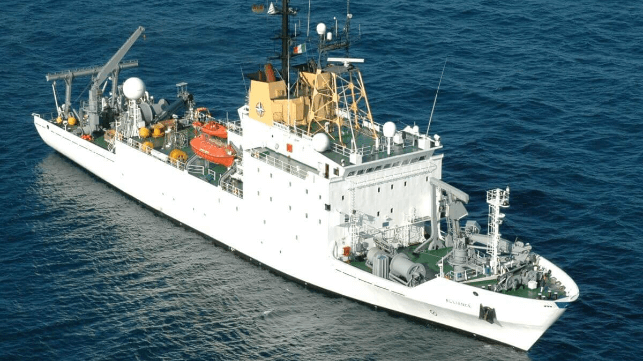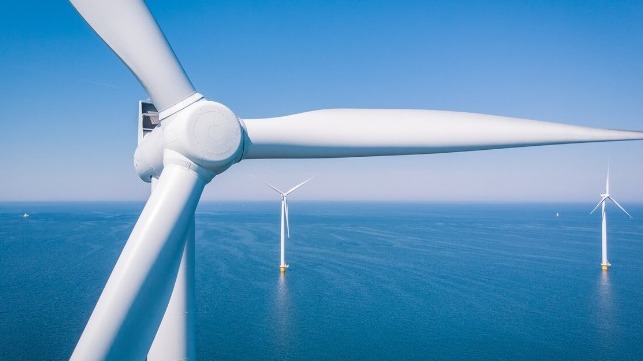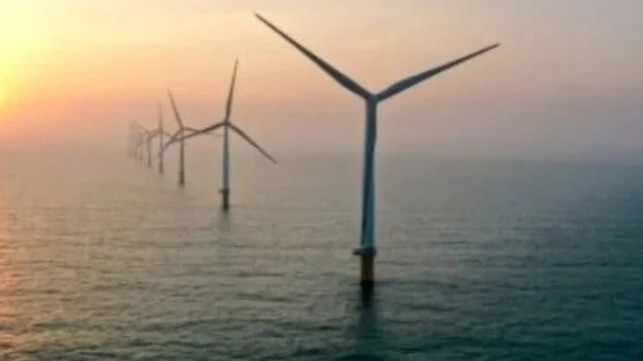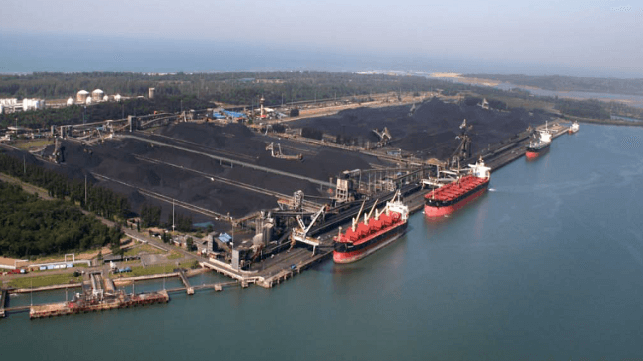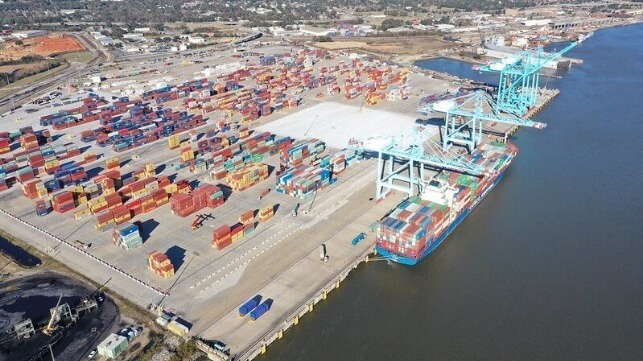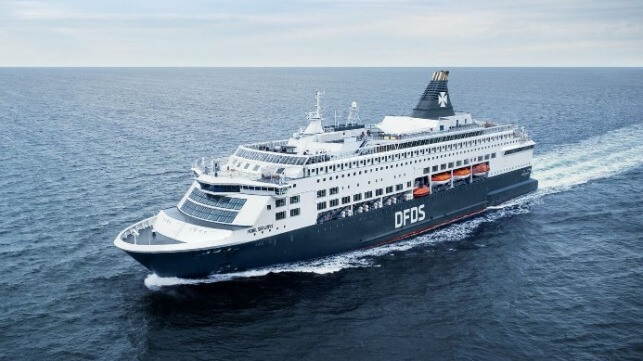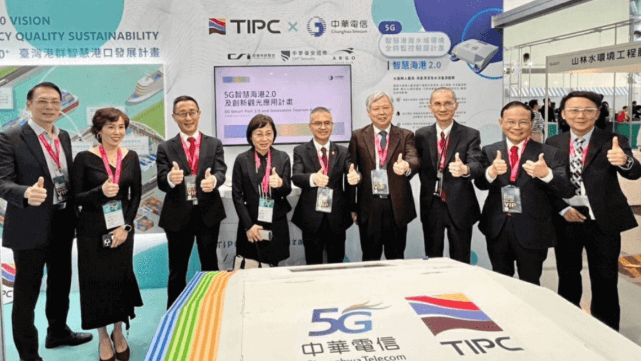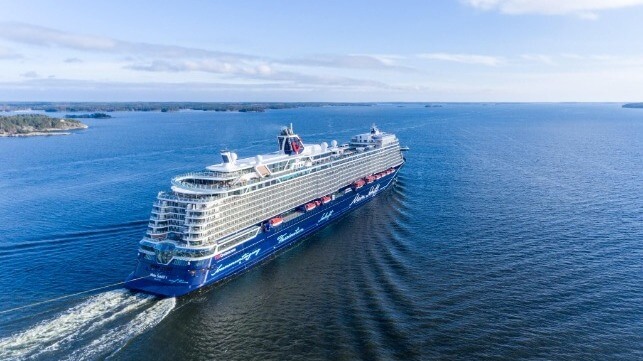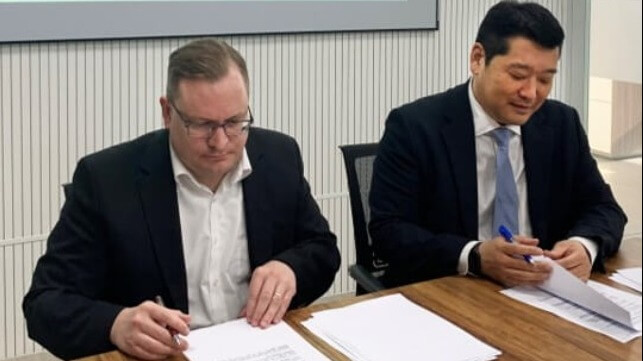Nevada Copper Files for Chapter 11 Bankruptcy Protection
June 10, 2024 – Yerington, NV: Nevada Copper Corp. (TSX: NCU) (OTC: NEVDF) (FSE: ZYTA) and its subsidiaries (collectively, “Nevada Copper” or the “Company”) today announced that they have filed a voluntary petition for relief under Chapter 11 of the United States Bankruptcy Code in the Bankruptcy Court of the District of Nevada. As disclosed in recent news releases and securities filings, the Company was in discussions with its key stakeholders and other parties to obtain funding and/or enter into a change of control transaction. However, those discussions have failed to result in obtaining such funding or other transaction, and the Company has been unable to secure additional interim funding from its key stakeholders. As a result, the Company is unable to continue carrying on business.
In conjunction with the Chapter 11 filings, the Company requested customary relief to support its employees and critical vendors during the bankruptcy process. As part of this relief, the Company is asking the Court for permission to continue to pay employee salaries and wages, and to continue other benefit programs regardless of whether amounts were owing prior to the commencement of the Chapter 11 case. The Company has received a commitment for US$60 million debtor-in-possession (“DIP”) financing to provide liquidity through the restructuring period, of which the Company is asking that US$20 million would be available on an interim basis. The Company is seeking approval from the U.S. Bankruptcy Court for the DIP financing.
Through the restructuring process, the Company does not expect to continue operations, but does intend to take steps to preserve and protect its assets. The Company plans to conduct its activities as a “debtor in possession” under the jurisdiction of the Bankruptcy Court and in accordance with the applicable provisions of the Bankruptcy Code and the orders of the Bankruptcy Court.
The Company also announced the appointment of Tom Albanese as Chair of its Board of Directors and the resignation of Randy Buffington as President & Chief Executive Officer and as a director. The Board of Directors thanks Mr. Buffington for his service to the Company.
Nevada Copper has retained Allen Overy Shearman Sterling US LLP, Torys LLP and McDonald Carano LLP as legal counsel in connection with these matters. Moelis & Company LLC has been retained as financial advisor and AlixPartners as restructuring advisor.
About Nevada Copper
Nevada Copper (TSX: NCU) is the owner of the Pumpkin Hollow copper project located in Nevada, USA with substantial reserves and resources including copper, gold and silver. Its two fully permitted projects include the high-grade Underground Mine and processing facility and a large-scale open pit PFS stage project.
For additional information, please see the Company’s website at www.nevadacopper.com, or contact:
Tracey Thom | Vice President, IR and Community Relations

